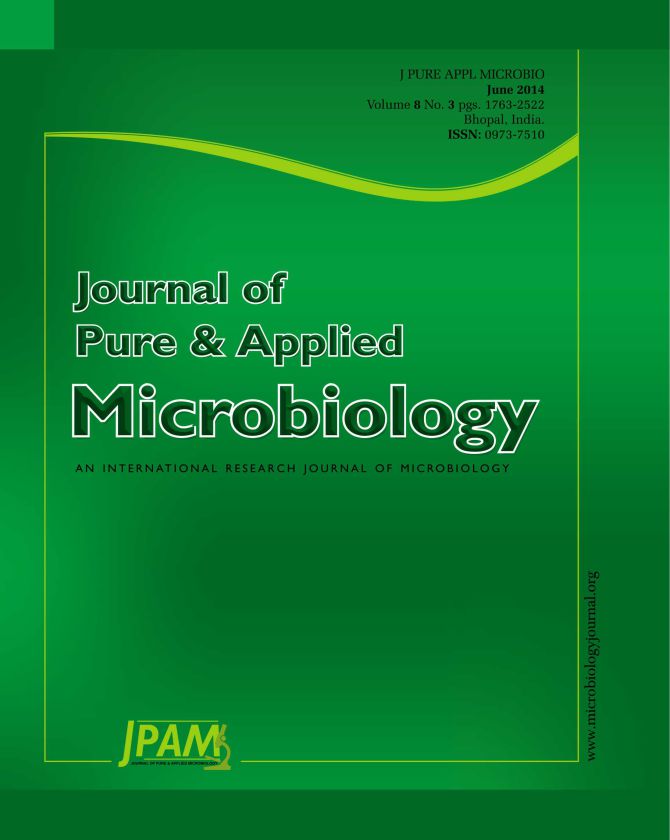This study aims to determine resistance pattern and the prevalence of extended-spectrum beta-lactamase (ESBL) among 250 Escherichia coli in Riyadh and to determine the antimicrobial resistance determinants for ESBL positive E. coli (ESBL-EC) which collected from urine during 2012. MICs were determined. Phenotypic and genotypic screening of ESBL were carried out. PCRs were used to detect resistance determinants in ESBL-EC for tetracycline, chloramphenicol, streptomycin and sulphonamides. The overall resistance for streptomycin and sulphamethoxazole was 100%, however the resistance rates for amoxicillin, tetracycline, chloramphenicol, amoxicillin/clavulante, trimethoprim, sulphamethoxazole/trimethoprim, gentamicin, amikacin, ciprofloxacin, cefotaxime, ceftazidime, aztreonam, cefepime and nitrofurantoin were 96%, 85%, 83%, 71%, 70%, 62%, 42%, 29%, 25%, 22%, 21%, 20%, 17% and 5% respectively. The whole collection was susceptible to fosfomycin, imipenem, tigecycline, cefoxitin, and colistin. Of 250 isolates, 21% were positive for ESBL. blaCTX-M-15-like was detected in all ESBL-EC. Among ESBL-EC, the prevalence of tet(B), tet(A), tet(A), catI, cmlA, strA, strB, aadA, sul1, sul2,and sul3 was 89.9%, 8.2%, 2%, 88.9%, 51.11 %, 100%, 100%, 88.46%, 78.84%, 92.31%, 21.15%, respectively. The blaCTX-M-15-like, blaTEM–like catI, tet(B), sul2, strA, strB, and aadA genes were the most prevalent resistance determinants. This study provides baseline data regarding the molecular bases of antimicrobial resistance in ESBL-EC from Riyadh.
Escherichia coli, ESBL, Antimicrobial resistances
© The Author(s) 2014. Open Access. This article is distributed under the terms of the Creative Commons Attribution 4.0 International License which permits unrestricted use, sharing, distribution, and reproduction in any medium, provided you give appropriate credit to the original author(s) and the source, provide a link to the Creative Commons license, and indicate if changes were made.


